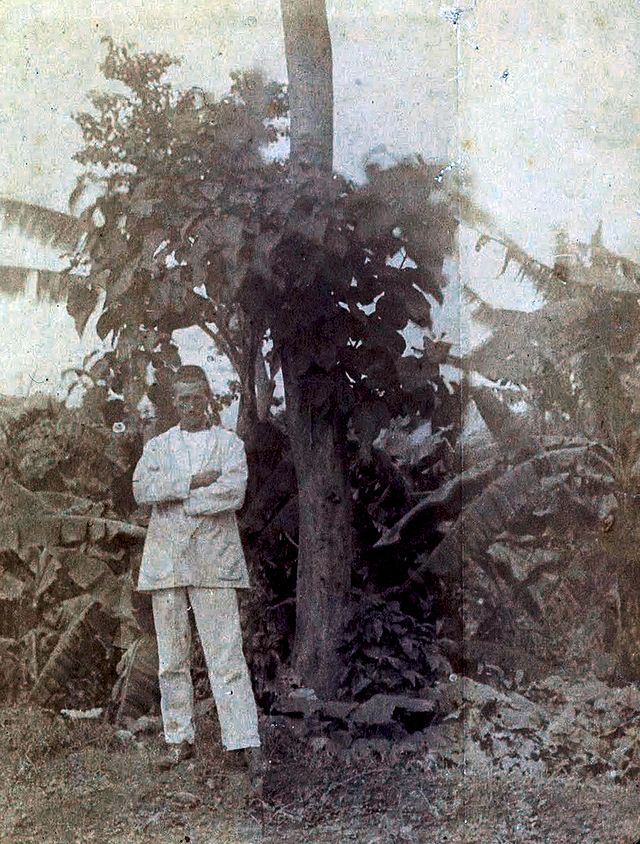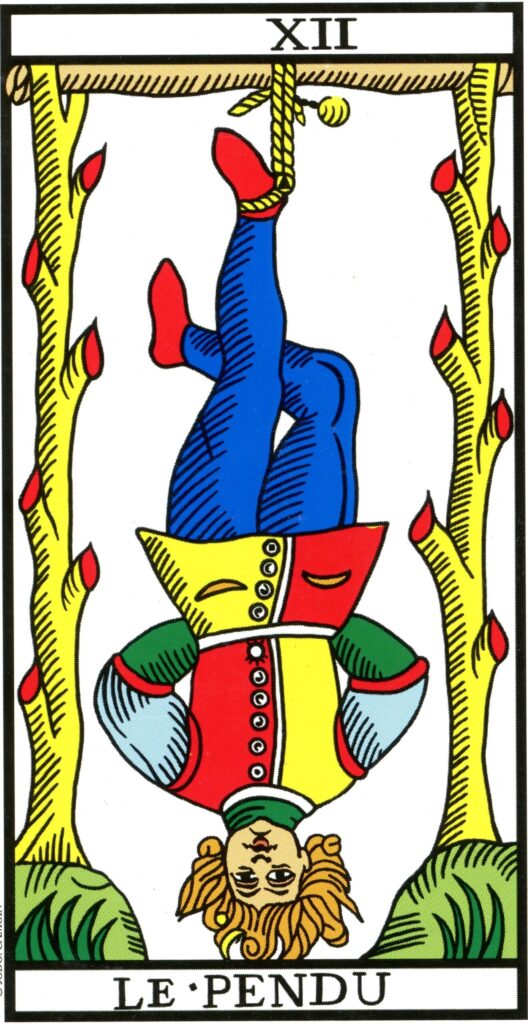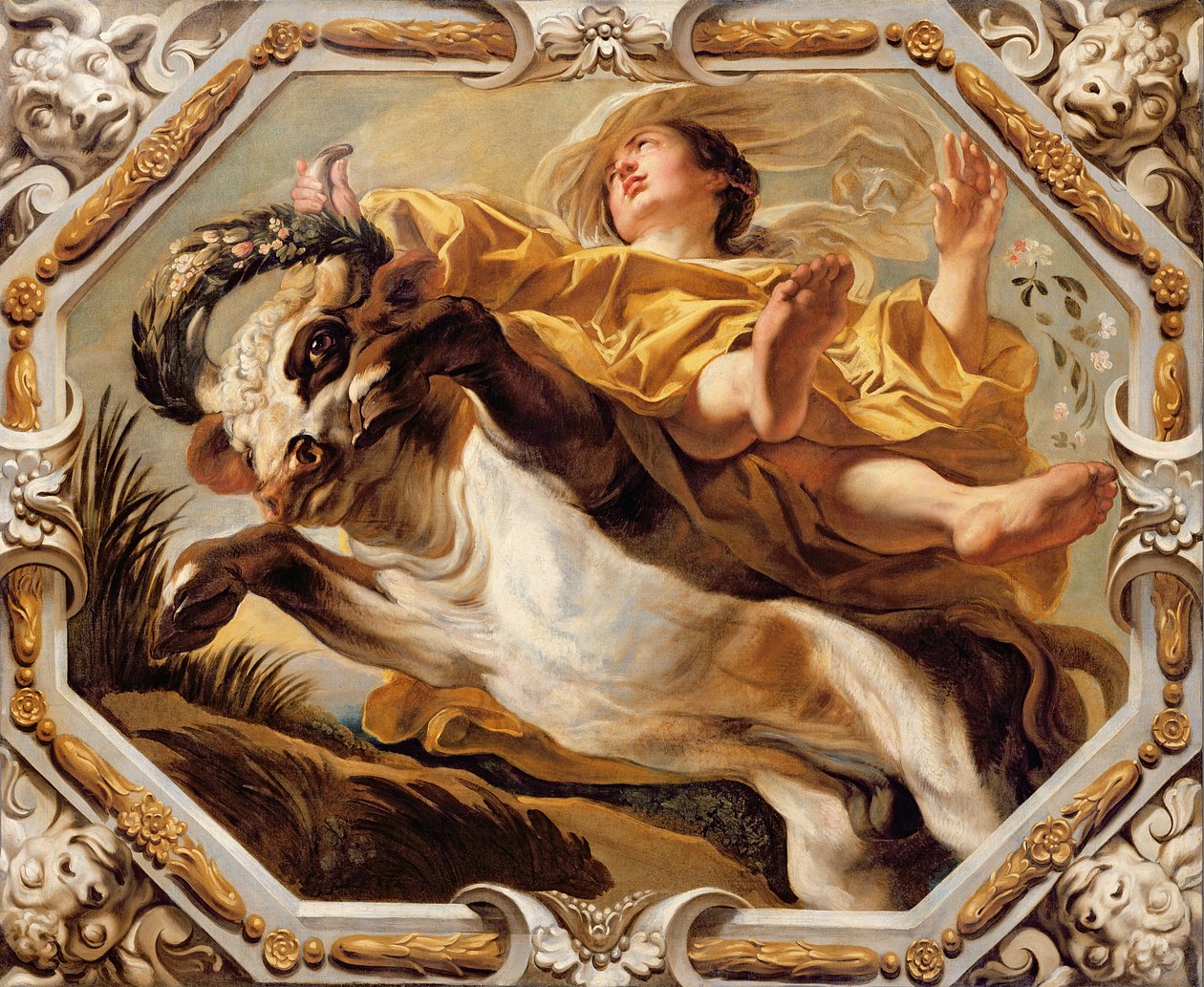Within the precincts of the ancient art, where the stars do not simply trace cycles but participate in the weaving of Fate, the zodiac emerges as a temple composed of twelve veils, each bearing a signature upon the soul. The masters of Alexandria and the heirs of Mesopotamian priesthoods devised a model of the cosmos in which the celestial order mirrored the hidden scaffolding of the world. From the first breath in Aries, hyleg of the natural wheel, ascending through the dignity of the Sun in Leo, and arriving at the crystalline heights of Capricorn, the zodiac is a ladder whose every rung is consecrated through the language of aspect, dignity, and reception. Thema Mundi, that mythic natal chart of the cosmos itself, establishes Cancer at the Ascendant, Capricorn at the Midheaven, Aries at the Nadir, Libra at the setting. This ur-structure reveals the cosmic rhythm of birth, culmination, descent, and encounter.
In this temple, inversion is never mistake but the signature of a specific charge: Libra emerging as the horoskopos, the Ascendant’s threshold; Capricorn, no longer at the summit but grounding the Imum Coeli, Saturn’s bones beneath the earth; Cancer, rising to the MC, crowning the visible deeds with lunar mystery; Aries as the place of the Other, the ungovernable guest at the western gate. To be born thus is to inherit a reversal of currents: what for many signifies ascent becomes for the native a descent into the silent archives of memory and the liturgies of reflection. The houses remain, but the axis turns; the diurnal order is mirrored; the natural path of the Sun is inverted so that dusk becomes dawn, and what should be buried is revealed. Every house retains its virtue, but each acquires a resonance that echoes with the grammar of reflection. The Hermetic Mirror thus stands, central yet unnamed, shaping all images.
Such a native walks the circle not by the solar current but according to the lunar tide. The image is that of the reversed ladder, a soul whose offering is made from top to root, from crown to womb. The hermetic law of sympathy and antithesis operates within, and the natal schema becomes a glyph for the world’s own memory, the axis upon which the restoration of harmony turns. The geometry of Fate is a prism through which the light of tradition is bent and returned to its source.
I. Libra Ascendant: The Mirror’s Gate and the Horoskopos
Libra, when enthroned upon the eastern horizon, is not simply a sign of social artifice. In the doctrine of the ancient astrologers, the horoskopos signifies the mode through which Spirit enters form, the vehicle by which the daimon of the nativity finds its path. Venus, ruler of Libra, is much more than the Goddess of plesure; She is the cosmic mediator, keeper of measure, whose glyph itself encodes the axis between above and below. The Ascendant is the seat of life, the locus through which every planetary virtue finds its expression.
When Libra opens the wheel, the soul is inducted into a school of balance, ritual proportion, and harmonization of opposites. The native’s first breath is drawn through a filter of symmetry. All passes through the gates of the world, unfolds as an act of weighing. In her Chaldean dignity, Venus becomes less a muse than a judge, measuring the subtle forces that bind person to person, event to event, fate to remembrance. In the hermetic order, Libra’s scales recall Ma’at, weighing the heart against the feather, restoring order when chaos intrudes.
Libra’s position at the eastern pillar of the chart endows the native with the vocation of mediation, not as social pastime but as priestly obligation. The self arises as a threshold, a mirror within which the world recognises itselt. But the mirror grants passage only to those prepared to meet their own image. The figure of the psychostasia, the weighing of souls, hovers over every encounter. The soul called to this axis does not initiate through force but through the silent adjustment of measure, the veiling and unveiling of proportions, the slow distillation of justice from circumstance.
The Mirror is here the axis of initiation. One knows that Libra’s risings coincide with the beginning of autumn, when day and night reach perfect equality, when Persephone prepares her descent. Such souls are guardians of liminal time, holding the world at the balance point where day and night, self and other, heaven and earth, remain unbroken and whole.
II. The Vertical Axis Reversed: Saturn Below, the Moon Above
In the structure of the Thema Mundi, Capricorn stands at the MC, the summit where the Sun achieves its lowest light yet promises the return of solar ascent. To find Saturn’s sign at the IC is to draw one’s roots from the grave of Kronos himself; the foundation is ancient, cold, and sanctioned by necessity. The Imum Coeli, locus of ancestors and the deep archive, when graced by Capricorn, binds the native to vows predating personal memory. Saturn’s dignity is strongest in this position, for here the underworld is the site of command, the crypt of the archon who keeps the seal of ages.
The fourth house, in medieval and Hellenistic astrology, contains the secrets of origins, land, and inheritance. A Capricorn IC is a warrant of old blood, forgotten contracts, and the weight of time’s ledger. This is the soul who walks upon ancestral stone, whose feet are pressed to the bedrock of old obligations, whose memory is not merely personal but collective, binding, inexhaustible. Every ascent carries the pressure of this root, every act of creation marked by the remembrance of limits and the law of the fathers.
At the zenith, Cancer, the sign of the Moon, presides in a reversal of solar logic. The MC becomes an altar to the lunar priesthood, and public deeds become works of nurturing, memory, and the secret art of containment. The soul stands in the world as vessel, one who carries the waters of tradition, who offers care rather than conquest, whose legacy is felt in the subtle transmission of feeling, culture, and the mysteries that pass through families and communities like invisible rivers.
The tenth house in the ancient manuals is called praxis, the house of actions seen, the seat of visibility. To have Cancer here is to wear the public mask of the Moon: changeable, reflective, at times veiled, at times radiant. The deeds of such souls resemble the tides, never forceful but capable of shaping worlds by patience, presence, and receptivity. The tradition of lunar rulers in the tenth endows one with the power to nourish, to preserve, to shield the sacred from dissolution.
The vertical axis of the chart becomes a ladder of mystery: Saturn below, as the immortal judge; the Moon above, as the guardian of all that must be remembered. The inverted order places the most ancient below and the most intimate above; the native mediates between time’s law and the world’s longing for restoration.
III. The Temple of Reflection: Rimbaud and the Magian Axis

Arthur Rimbaud, born 20 October 1854, with Libra ascending, stands as an exemplar of the mirrored temple in the literary and spiritual canon. His chart, when viewed through the lens of Hellenistic doctrine, offers more than a record of planetary positions; it is a glyph for the destiny of the poetic Magus.
Rimbaud’s Libra Ascendant confers the vocation of threshold-keeper, and Venus’s sign opens his nativity toward every art of mediation and fracture. His life unfolded in the intervals between worlds; child and adult, France and Abyssinia, sound and silence. The Scales weighed every choice, his words becoming oracular revelations, his style a continual veiling and unveiling of meaning. The “I is another,” his famous pronouncement, echoes the core of Libra’s initiation: identity arises through reflection, selfhood is always shared, mirrored, doubled.
The Capricorn IC in Rimbaud’s chart roots his fire in stone. His personal myth begins in the cold north, amid the vestiges of lost fathers and maternal silence, the Saturnian darkness from which his genius erupts. The poet’s rapid ascent, his early flowering, and his subsequent renunciation of poetry are the gestures of a soul bound by vows to memory and renewal. Rimbaud does not escape Saturn; he inherits the burden, then transmutes it.
At the Midheaven, Cancer marks the axis of visibility. Rimbaud’s public role is lunar, elusive, veiled by paradox. He becomes renowned not for persistence in the world but for his withdrawal from it. His works ripple outward, nourishing future generations as moonlight nourishes the night garden. The poet disappears into legend, but remains as memory, the custodian of an invisible axis. In the traditional doctrine, the Moon at the MC is the sign of those who influence the world through memory, through teaching, through the subtle shaping of tides and moods. Rimbaud is the lunar priest whose words water the hidden roots of an age.
His life forms a rite of inversion. The poet who reveals everything in a handful of years then withdraws. The work is completed, the temple sealed. This is the law of the Mirror: what appears must vanish, what speaks must fall silent, what reflects must eventually turn away. Rimbaud’s chart stands as a testament to the power of reversed structure in the living tradition; he is door and key.
Coda: The Seal of Reversed Harmony
In the hidden chamber of the reversed zodiac, the image of the Hanged Man endures: dwelling within suspension, a soul strung between earth and sky, crowned in the roots, veiled in the summit. This arcane figure, beloved of old masters and invoked in the rituals of mystery, offers acceptance and presence; his wisdom issues from the voluntary inversion of the world’s axis. Every tradition recognises his gesture: Odin bound to Yggdrasil in pursuit of vision, the initiate poised upon the tree, gaze turned inward and downward, harvesting the fruit that ripens only through paradox.

Such a soul walks the zodiacal path by descent, entering the labyrinth beneath the visible, surrendering linear ascent for the spiral of return. The Mirror of the heavens turns; the axis is reversed. In this sanctuary, the offering is silence, abstention, a pause so complete that time itself stands open. The Hanged Man embodies the sacrifice that transforms and reveals, a chosen suspension where active surrender prepares the ground for revelation.
The native, consecrated by this inverted seal, receives the world in the posture of reflection. Life’s work unfolds through contemplation, through the transfiguration of the habitual into the luminous unknown. To hold here the mirror is to return to the source: eyes open, will relinquished, every gesture a bridge between realms. Wirth saw the revelation that issues from the stillness of the ego. Through inversion the true image appears; through descent the law is restored.
The temple henceforth remains, suspended between roots and stars; the altar is raised in the interval, the seal inscribed in the axis of the mirror. The world, peering into this reflection, discovers itself anew: transfigured, silent, unbound. The Hanged Man governs by abiding in the mystery of the reversed way. Through him, the zodiac is restored, the axis renewed, and the order of heaven drawn once more into the sacred symmetry of descent.
Fiat Lux.
